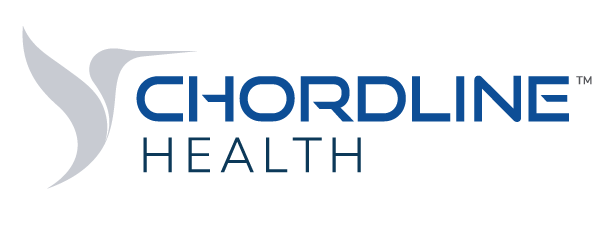From Volume to Value: The Role of Preventive Care and Advanced Analytics
As healthcare systems worldwide grapple with managing increasingly complex patient populations, a rise in chronic health conditions, and growing care costs, value-based care (VBC) has grown in popularity. VBC’s potential to lower costs and improve outcomes is compelling: 93% of payers think advanced payment models will result in better care quality, while 79% believe they will result in more affordable care.
For these models to work, more emphasis must be placed on preventive care, rather than reactive care. By harnessing sophisticated data analytics tools, healthcare providers can proactively address health issues before they escalate, ultimately improving a patient’s overall health while deepening care value.
But while a preventive approach can accelerate the path to value, our current digital health ecosystem isn’t set up to support this type of forward-looking care. Organizations must uplevel their data analytics capabilities to facilitate a truly effective, highly personalized approach.
The importance of preventive care
Preventive care is designed to identify and mitigate health risks before they develop into more severe conditions. This will be crucial as healthcare stakeholders work to curb the rising number of chronic conditions in the United States.
The CDC reports 6 in 10 patients live with at least one chronic condition, and 4 in 10 live with at least two. Chronic conditions account for an estimated $1 trillion in annual health spending in the United States and are a leading cause of death in our country.
By focusing on early intervention, doctors can catch these conditions in their initial stages, or before they even happen, to lower these costs and dramatically improve patient health.
We’ve already made strides in facilitating more preventive care. Most preventive services, like annual physicals, breast and colorectal cancer screenings, are covered for eligible members by traditional health insurers.
These programs take foundational data — a patient’s age, for instance —– and alert the provider and health plan when it’s time for a relevant screening. These screenings are good steps in the right direction, but to increase the performance and impact of preventive care, organizations must use more intricate data and improved analytics to uncover personalized findings and relevant risk factors.
The role of advanced analytics
The healthcare industry generates approximately 30% of the world’s data volume. This data includes information about a person’s social determinants of health, patient and family health histories, and more. These rich data points play a pivotal role in assessing patient risk factors and guiding preventive care decisions.
Unfortunately, healthcare’s analytics tools haven’t caught up to the overwhelming volume of info. Currently, about 97% of this data goes unused.
Advanced analytics is the cornerstone of preventive care, using more complex data streams to identify trends, predict future health risks, and tailor interventions accordingly. Unlike traditional analytics, advanced analytics supports preventive care through:
1. Risk identification and stratification: Analysis of historical health data identifies individuals at high risk for developing chronic conditions. Early identification allows for timely interventions and the development of personalized care plans.
2. Predictive modeling: Predictive modeling and machine learning algorithms can forecast future health outcomes based on current data. Armed with these projections, payers and providers can anticipate and address potential health issues before they become critical.
3. Population health management: By providing health systems and plans with a comprehensive view of population health, advanced analytics supports the design of more targeted interventions and optimizes resource allocation.
4. Data integration and visualization: Analytics tools integrate data from a variety of sources and visualize it to aid provider comprehension and decision support. These intuitive dashboards allow providers to make sense of data quickly to inform clinical decision-making.
Powering next-level analytics
Many digital health tools only scratch the surface of these capabilities. Truly advanced analytics platforms, like ACUITYnxt powered by Chordline, are purpose-built to dive deeper into available data and integrate findings into a provider or care team’s existing workflows.
ACUITYnxt helps providers advance preventive care with:
1. Integration with Johns Hopkins ACG: Data from the Johns Hopkins ACG (Adjusted Clinical Groups) system strengthens ACUITYnxt’s ability to stratify risk and predict health outcomes.
2. Early Risk Identification: Using multiple, disparate data sources, ACUITYnxt detects risks early, allowing healthcare providers to implement preventive measures before conditions worsen, reducing hospitalizations and improving patient health.
3. User-Friendly Dashboards: ACUITYnxt features intuitive dashboards that facilitate easy data interpretation and decision-making. This user-centric design ensures healthcare professionals can quickly access and act on critical information.
4. Tailored Solutions: Recognizing that each healthcare entity has unique needs, ACUITYnxt offers customizable solutions that align with specific population health goals and challenges.
While preventive care and VBC represent the future of healthcare, unfortunately, many analytics platforms are stuck in the past. Not only must healthcare organizations shift their mindsets away from reactive care, but they must also uplevel their analytics tools to realize the promise of proactive care.
ACUITYnxt facilitates this shift, using advanced analytics to enhance preventive care strategies, improve patient outcomes, and contribute to a more efficient and effective healthcare ecosystem.
Learn more about how ACUITYnxt can transform your approach to population health management with the power of advanced analytics.
